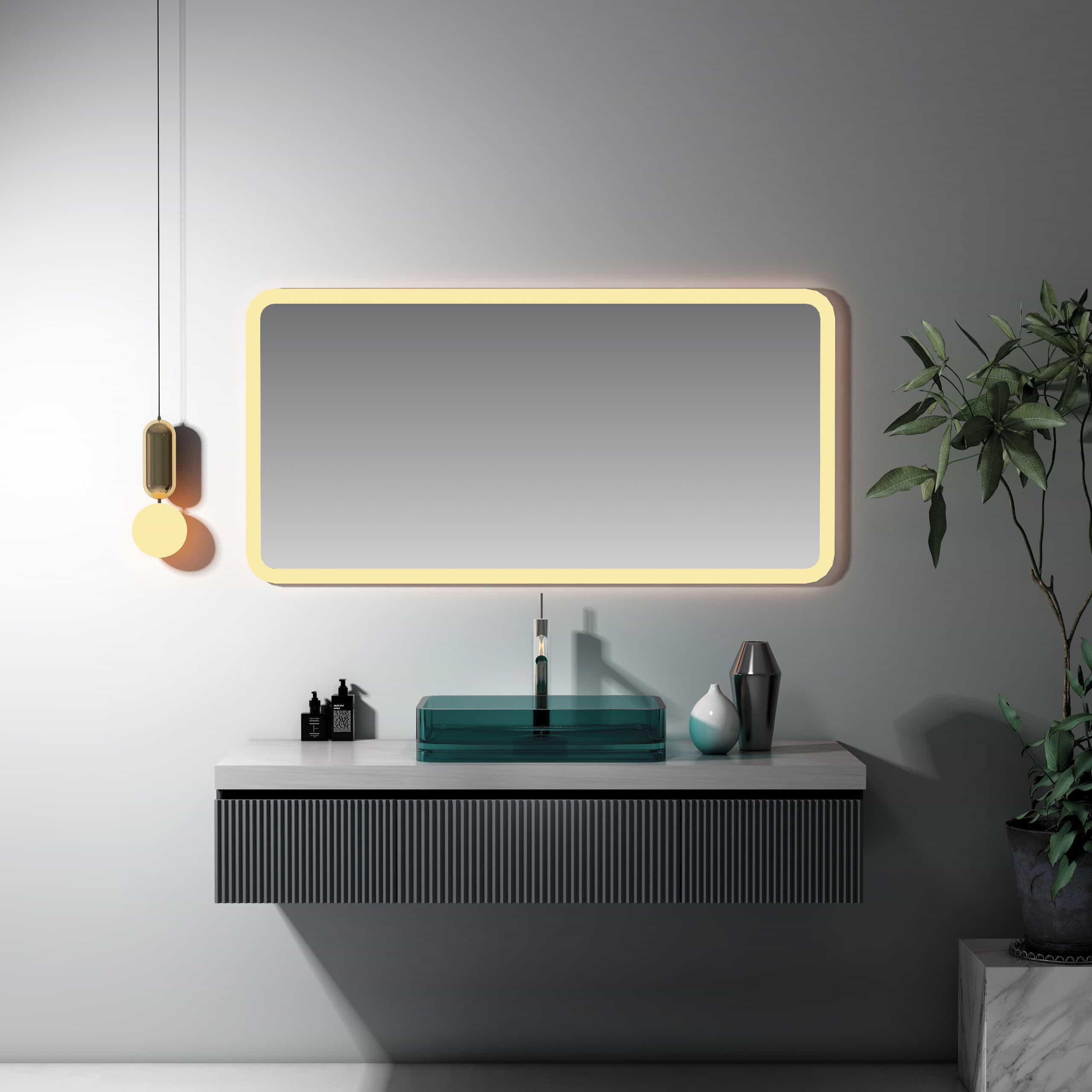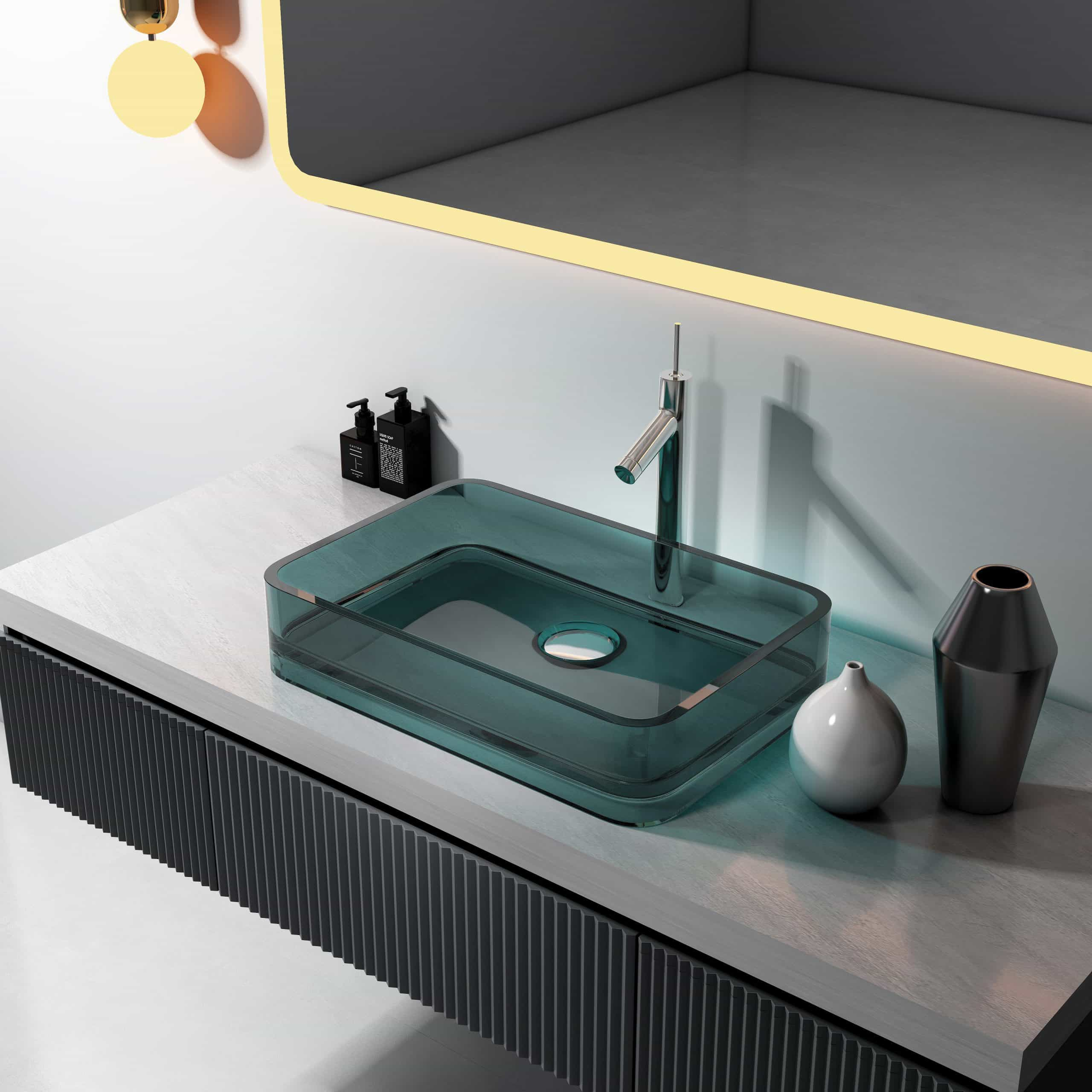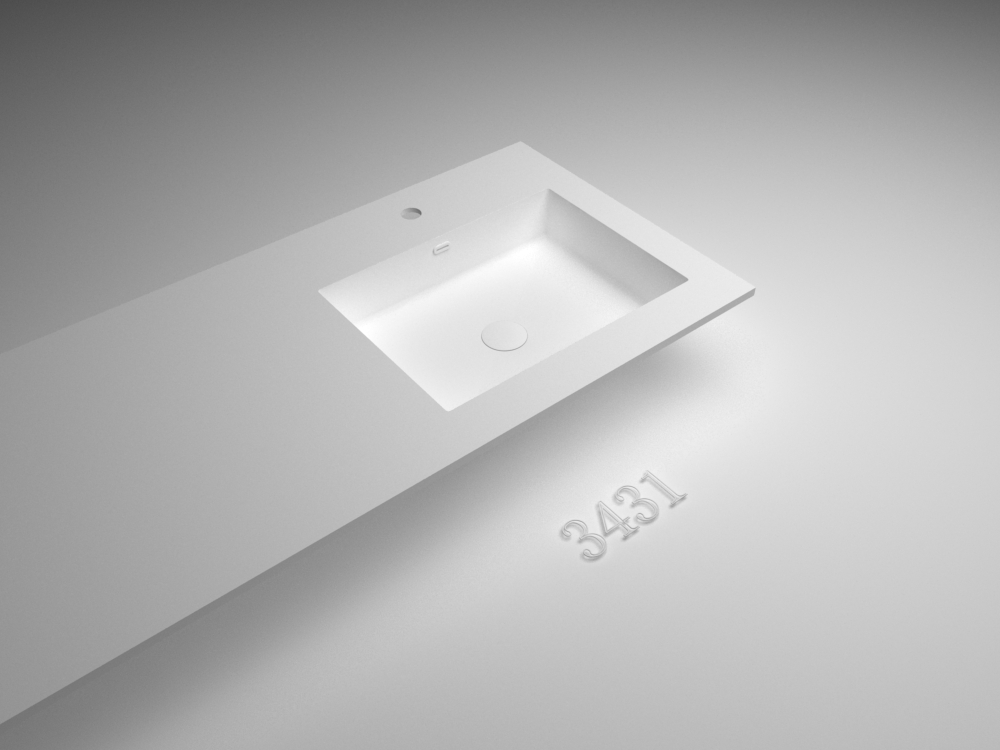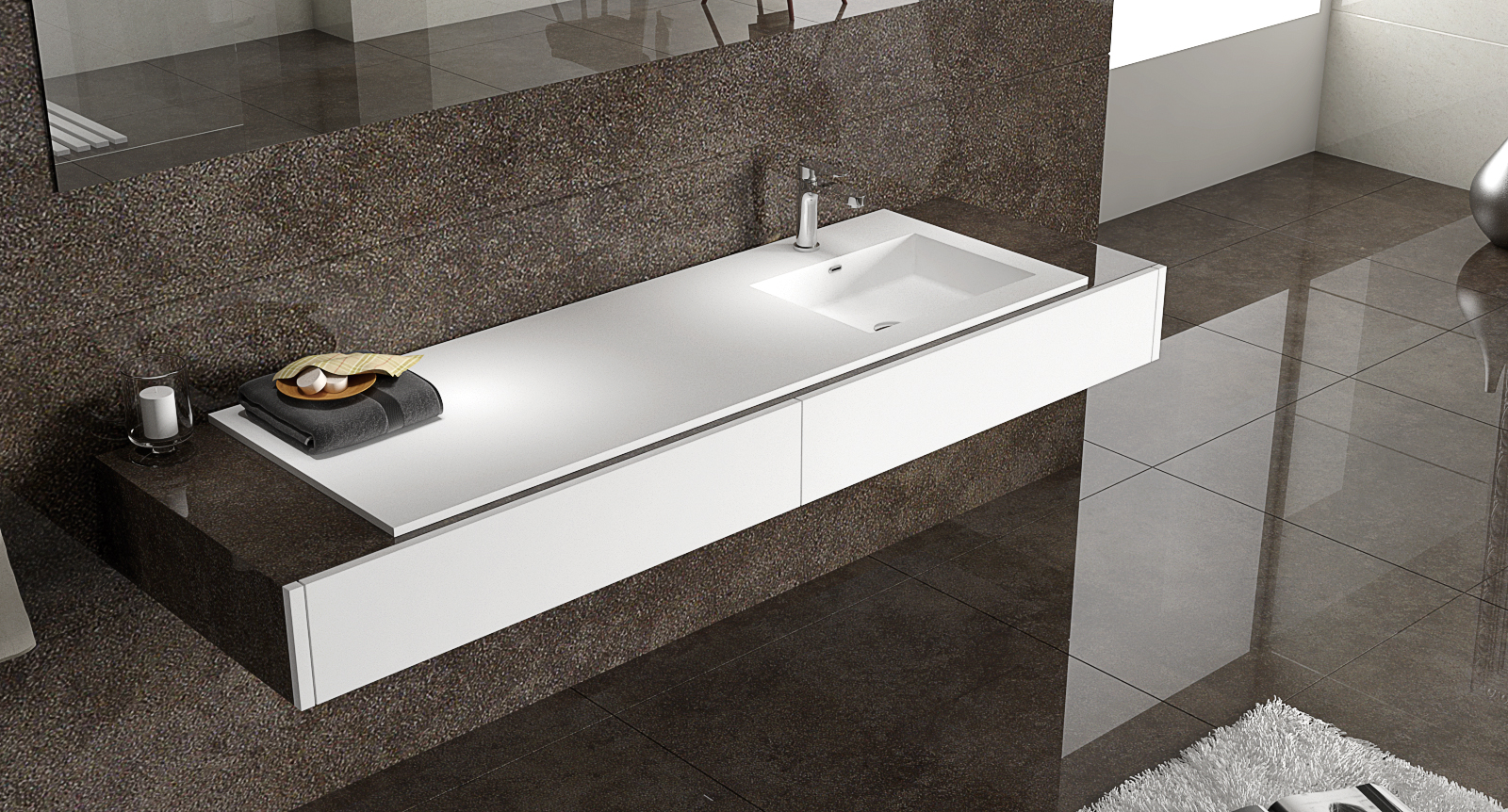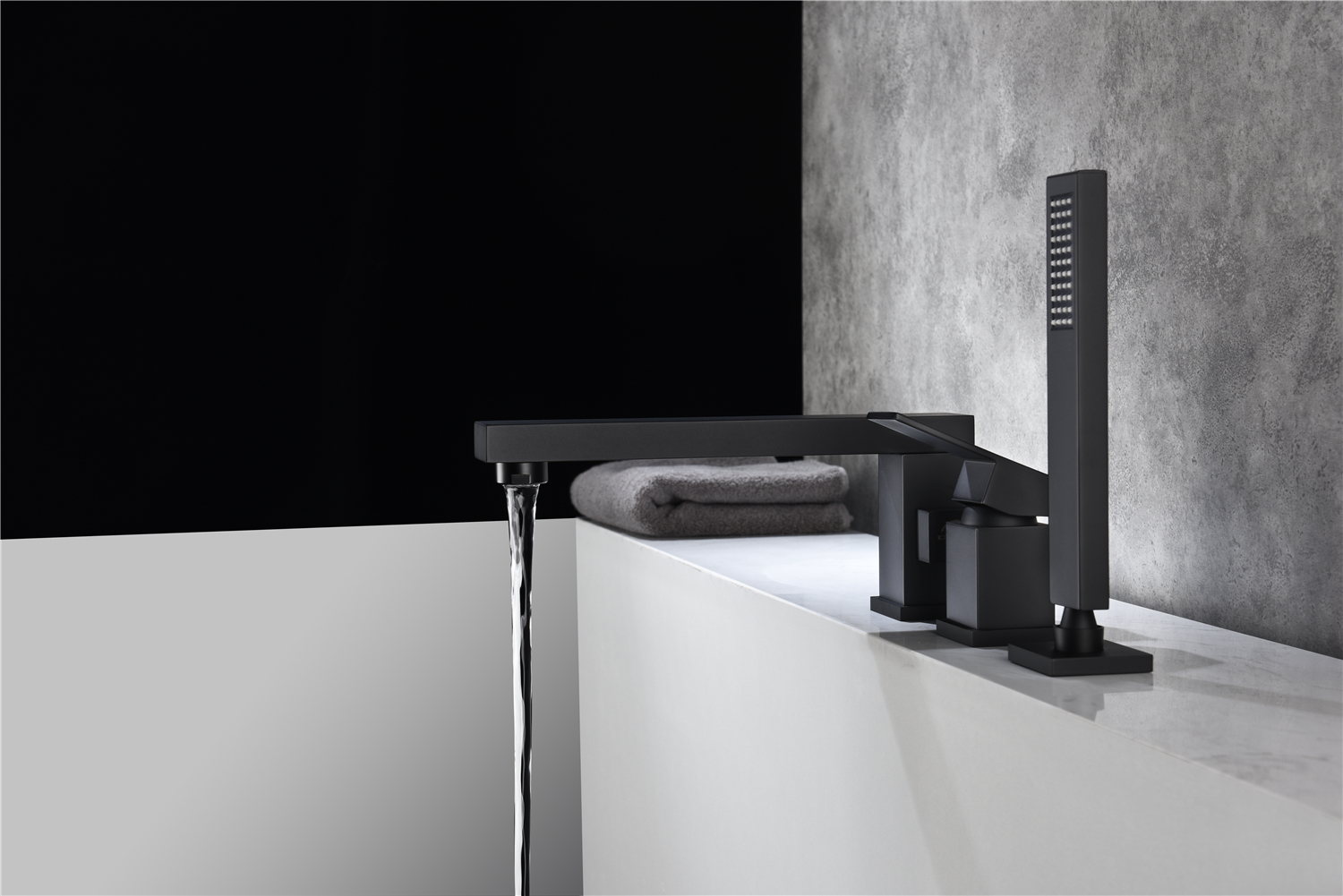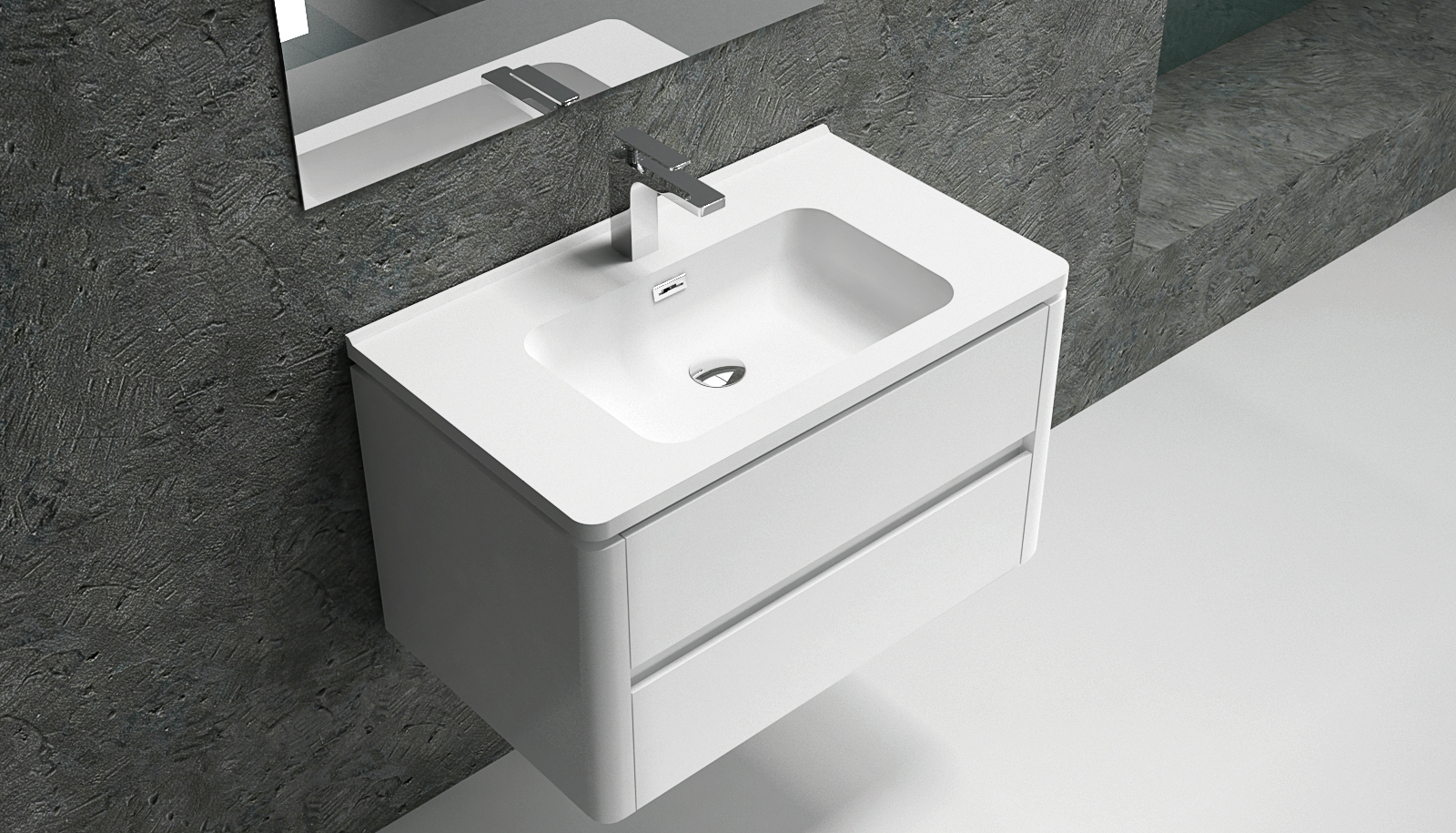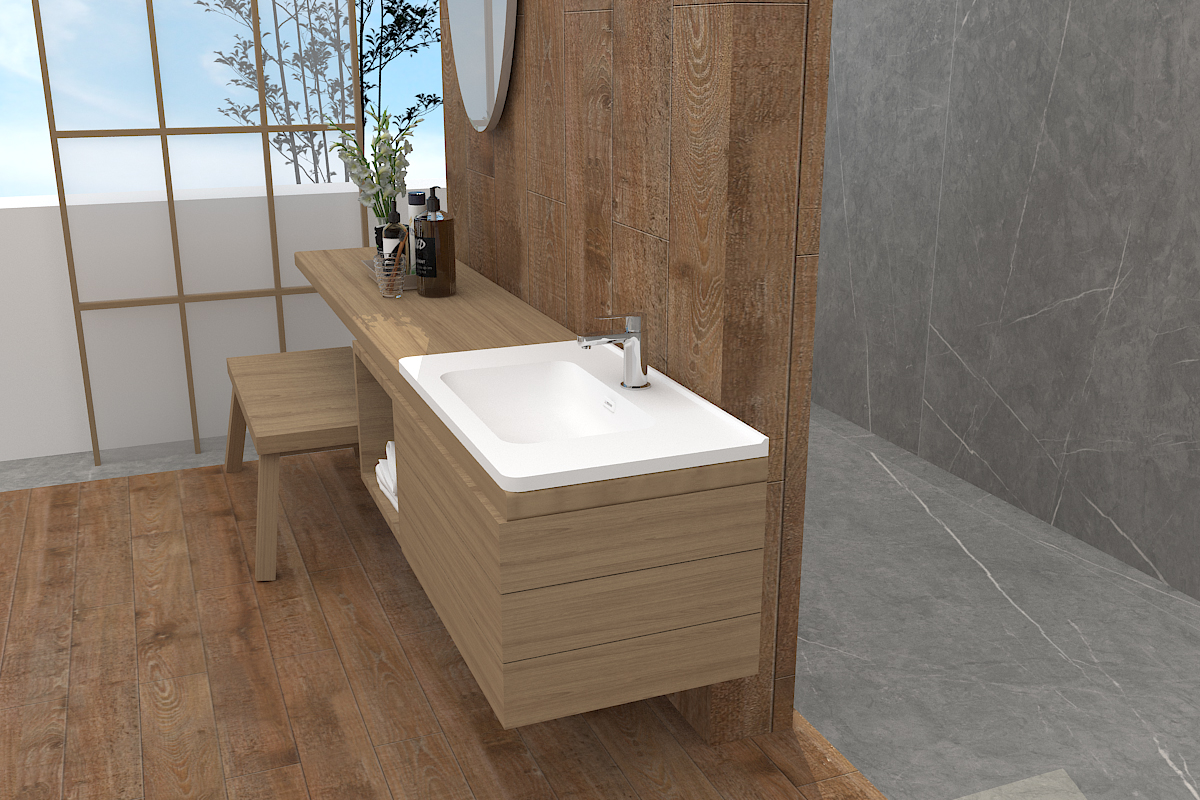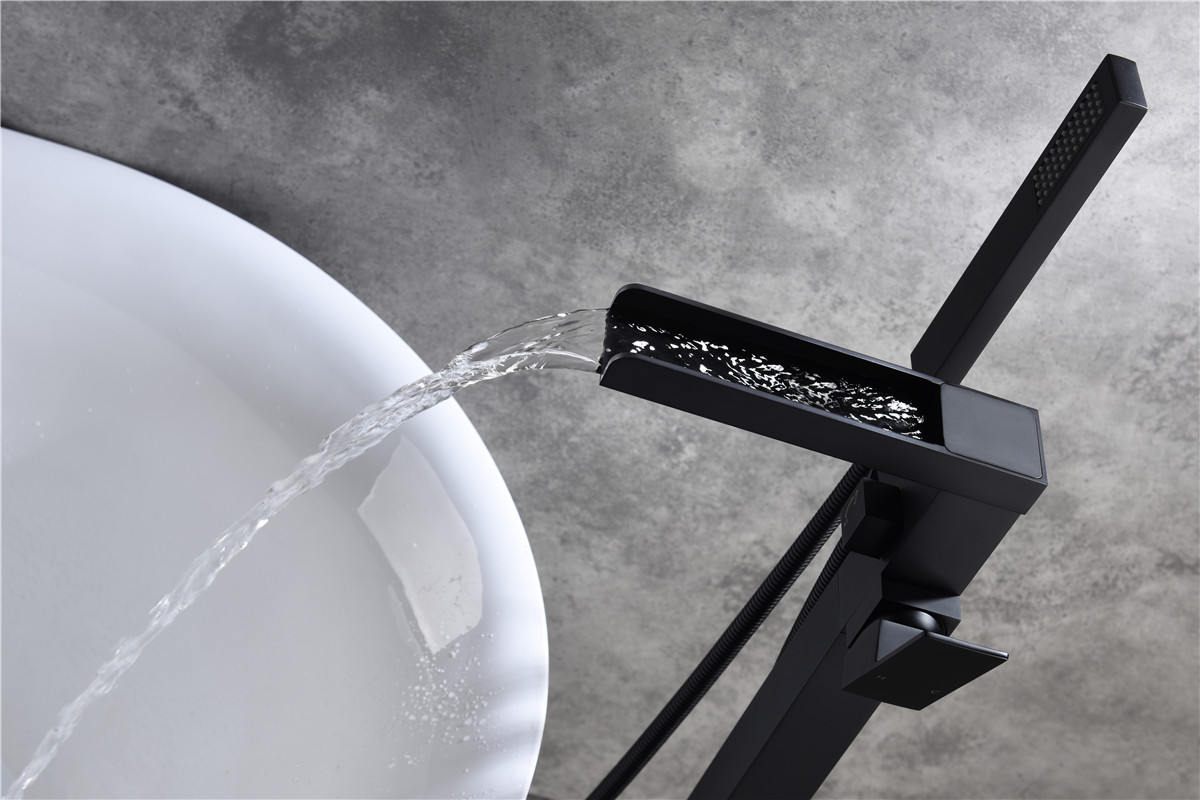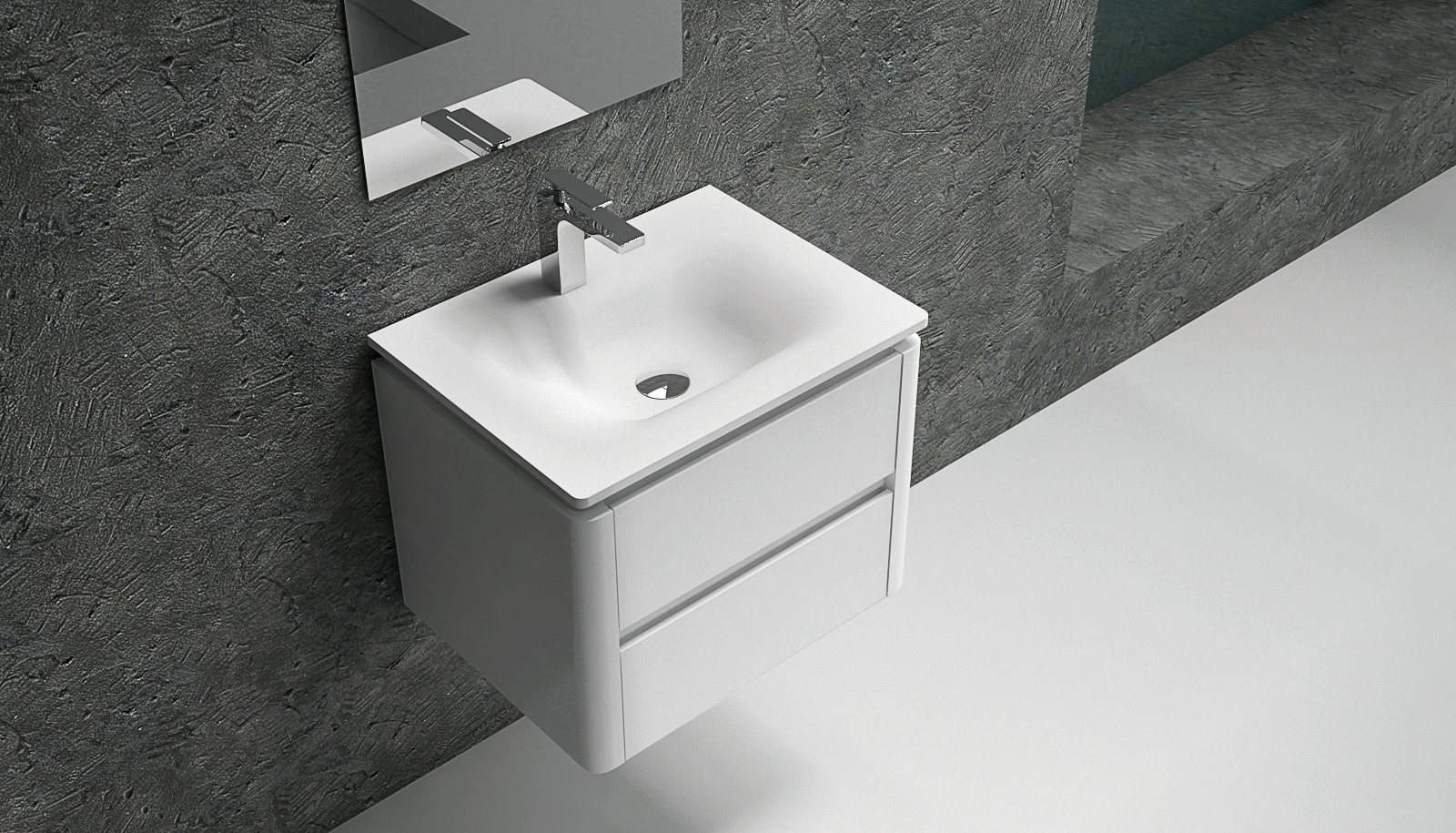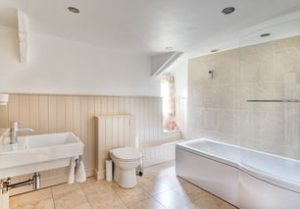
There are many ways to design bathroom wall tiles, some are based on color matching and some are based on material matching. The color and texture matching of bathroom wall tiles is also an art, and clever matching will create extraordinary artistic effects.
Every stylish bathroom design cannot do without the artistic combination of wall tiles. The color and texture collocation of bathroom wall tiles is indeed an art, and the ingenious collocation will create extraordinary artistic effects. At the same time, it is necessary to ensure the effect of safety and durability. What is the best choice for bathroom wall tiles? Follow us to have a look!
First, high-quality wall tiles have low water absorption, so they can dry quickly. If the wall tiles do not indicate the water absorption rate, you can use tea or water drops on the back of the wall tiles, and observe the degree of diffusion of the water droplets after a few minutes. The less water is absorbed, the lower the water absorption rate and the better the quality. Wall tiles with high water absorption rate will cause cracks on the surface of wall tiles and peeling off of the entire wall and floor tiles after thermal expansion and contraction. This problem needs to be paid more attention to when decorating bathrooms in northern regions with distinct seasons.
Second, choose wall tiles with high texture density. When purchasing wall tiles, you can observe from the side whether the brick surface is smooth and whether there are pinholes of uneven thickness. At the same time, you can tap the wall tiles to hear whether the sound is crisp. The crisper the sound, the higher the texture density and better hardness of the wall tiles. Such wall tiles are laid in the bathroom space, which is not easy to be damaged, but also easy to maintain and clean.
Third, due to the high humidity, it is now recommended to plaster the wall. This is not only for aesthetics, but also to resist moisture erosion and protect the waterproof layer of the wall.
Fourth, when choosing floor and wall tiles, it is necessary to use non-slip texture. When we go to buy this, merchants will generally remind us that the floor tiles with matte surface or shallow convex and concave shapes are the most recommended. The reason is simple: non-slip. When decorating, we can pay attention to this. The general decoration team will do it. If you don’t do it, you can supervise it. The floor of the bathroom should be 10-20mm lower than the floor of other rooms. When laying wall tiles, the position and size of the floor drain should be considered. Otherwise, gaps will be laid out, and the floor tiles are usually laid with a 1% leakage slope, and the floor drain is the lowest to facilitate drainage.
Fifth, if your home chooses dry and wet decoration: that is, the separation of the shower area from the toilet and basin area. Different wall brick materials and color varieties can be used to achieve a good division, so that the two do not interfere with each other, avoiding the embarrassment of splashing water and wiping around after bathing. This is a relatively common method of decoration abroad.
What kind of wall tiles are good for the bathroom? To put it simply, the bathroom usually has relatively high humidity. The requirements for wall tiles are waterproof, non-slip, and wear-resistant. Bathroom floor tiles generally use full-body tiles, which have better anti-skid and wear resistance; bathroom wall tiles usually use glazed tiles, which have rich color patterns after glaze treatment and strong anti-fouling ability.







